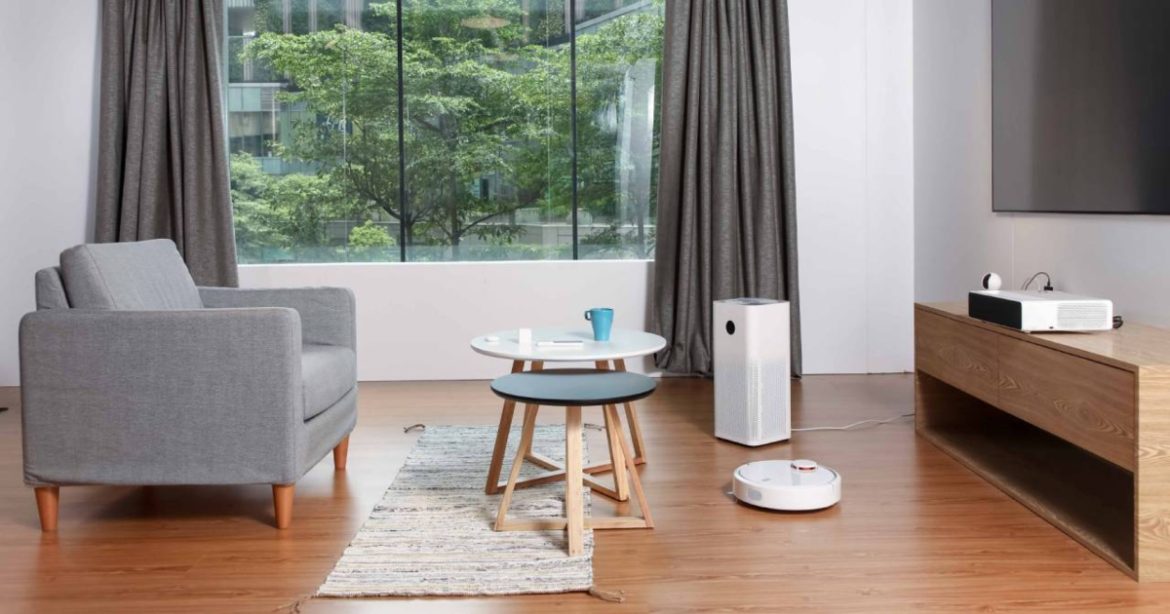Scenarios and automations are the heart of the ecosystem. Users can set up reactions to events: “If I leave the house, turn off the lights, close the curtains, set the alarm.” These rules make the home truly smart and adaptive.
Data security is critical. All devices must support encryption, two-factor authentication, and regular updates. It’s best to avoid cheap gadgets without support, which could become a vulnerability in the network.
Scalability is another principle. A good ecosystem allows you to start with a single device (for example, a smart lamp) and gradually add new components without completely replacing the system. This saves money and reduces the stress of implementation.
For families with children and the elderly, a simple interface is important. A smart home shouldn’t be complicated—on the contrary, it should make life easier. Therefore, it’s worth choosing devices with intuitive controls and minimal setup.
Cloud and local solutions are a compromise between convenience and privacy. The cloud provides access from anywhere, but local control (via Home Assistant or Raspberry Pi) provides greater independence and security.
In conclusion, a harmonious ecosystem of smart appliances is the result of thoughtful planning, not haphazard purchases. It makes the home not just “smart,” but a truly nurturing space that adapts to the needs of each family member. The key is to start with goals, not gadgets.
Advertising


